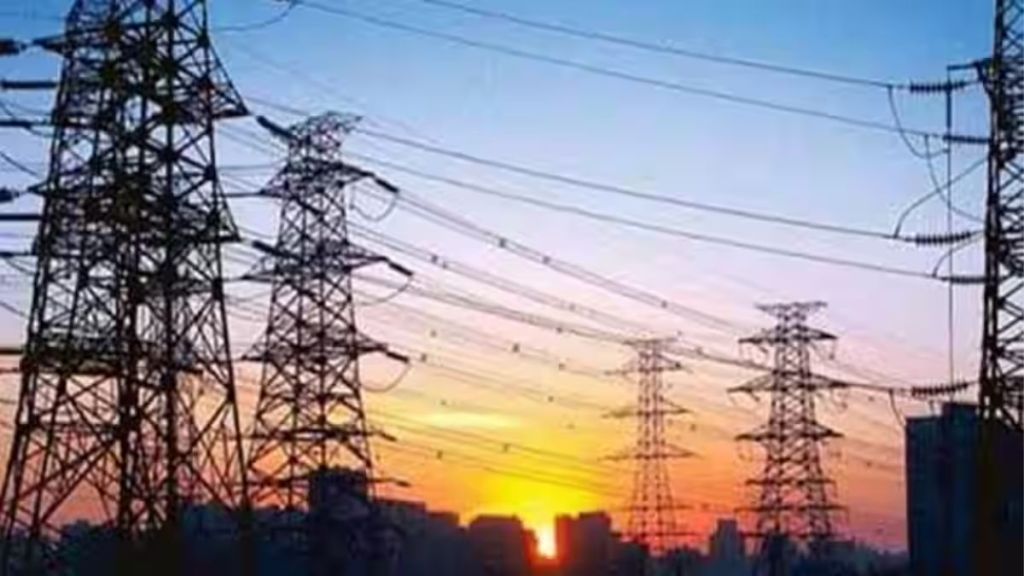Power minister R K Singh’s plan for near-doubling of the capacity in the entire electricity value chain by 2030 involves a Herculean task, and requires much higher level of private investments than what’s in the pipeline. Yet, success of his endeavour is critical to India’s energy security, and the ambition to achieve high economic growth on a sustained basis. Power demand in recent quarters have outpaced all projections, and is tending to go up further. Peak demand could be as high as 380 giga watt (GW) by 2030, way higher than the current level of 243 GW. The minister is optimistic when he says that the conditions in the sector are now more conducive for private risk capital. His confidence stems from the fact that the vicious circle of payment defaults that bogged down the sector for long has been corrected to a large extent, using a tactics that combined persuasion and coercion. Distribution entities’ (discoms) outstanding dues to the power producers have come down by two-thirds from the June 2022 level of Rs 1.35 trillion to the current level of less than `45,000 crore. That definitely is an unprecedentedly steady pace of dues reduction.
What enabled this achievement in the first place is prompt release of subsidy amounts from state budgets. With most states complying with a phased payment plan, the dues are hopefully on course to be eliminated. In tandem with this, the technical losses of discoms are being brought down with smart meters helping the process a lot. State monopoly in the transmission sector is being progressively undermined too, paving the way for larger private investments. Most parts of the nation is now seamlessly connected to a single grid, and in Singh’s words, India’ is now “the largest synchronised grid in the world.” The unified grid has an inter-regional capacity to transfer 116 GW of power from one corner of the country to another, even while maintaining consistent frequency.
While these accomplishments are commendable, the plan drawn up by Singh still involves a lot of uncertainties. There is a big gap between the investments required to double capacities in such a short period, and the actual prospects. It is also a daunting challenge to reform and modernise the distribution sector, which still lacks sufficient competition in most parts of the country. Another major issue that needs tackling is the intermittent nature of the renewable energy (RE). Capacity creation in the RE segment has been quicker in recent years; yet, RE share in actual energy supplies is still around a fifth only, as there is a problem with such energy when it comes to meeting peak demand. In fact, a shortage is already being felt during the peak hours in the night.
The government has been prescient in according high priority to capacity creation, accelerating the coal-based thermal power projects for the medium term, and deciding not to exert itself to add costly gas-based units. It, however, face three distinct challenges in meeting the objective of averting a serious power crisis: lack of enough credit flows to the coal-mining and thermal-power ventures; a political hurdle that makes it difficult to replicate the Mumbai model of multiple distribution licensees that use same infrastructure based on common carrier principle; and a lack of investor zeal in RE battery-storage. The power minister seems mindful of these challenges, and the need to devise appropriate policies.

